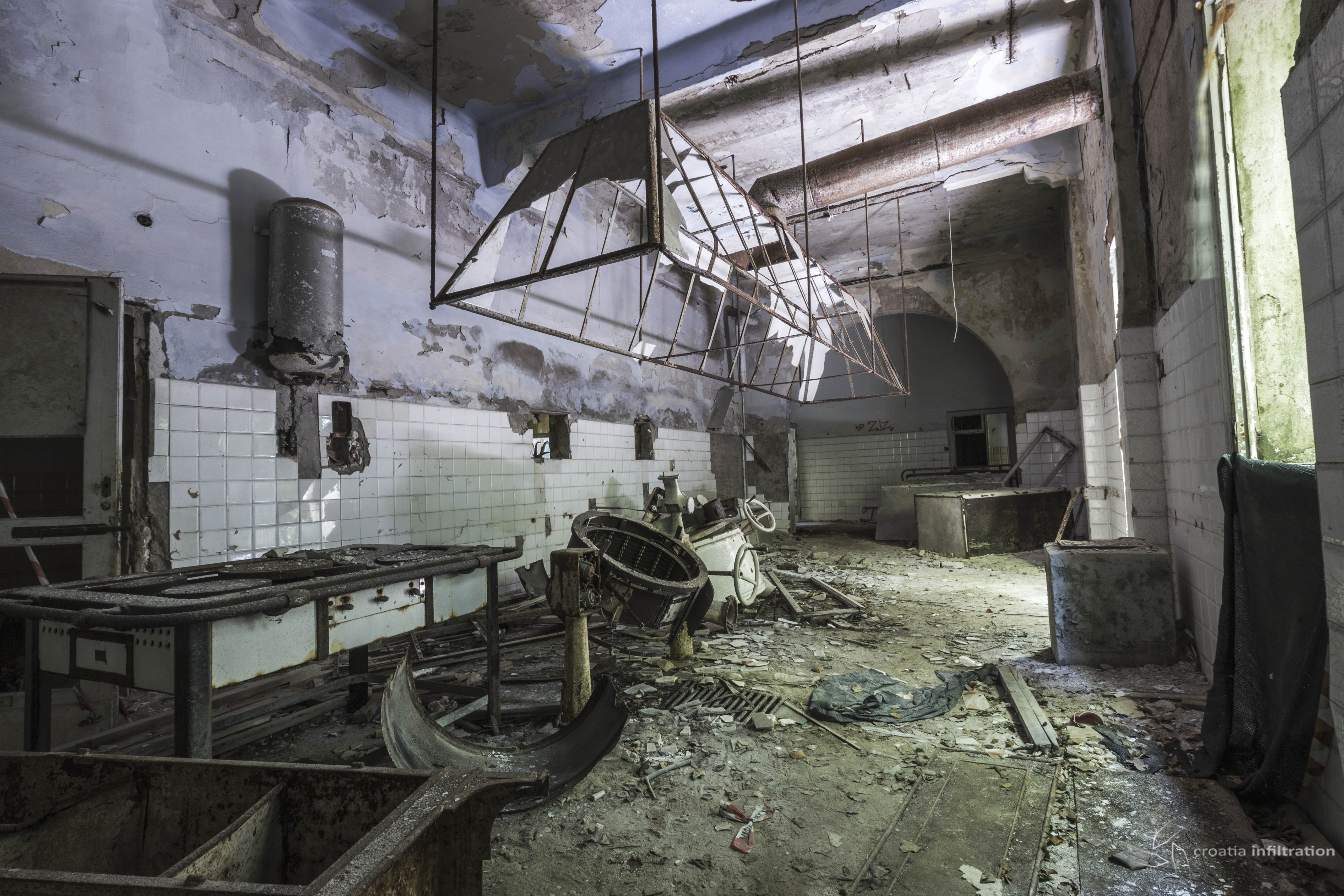
My Friends And Me Filmed A Documentary About The Abandoned And “Haunted” Poveglia Island In The Venetian Lagoon.
Exploring this island is illegal. The city of Venice strictly forbids anyone from setting foot onto it. There are many rumors that it was the island where plague sufferers were taken to die, over the years piling up the body count to thousands. The most horrifying fact is that many of them were not infected, but still banished due to paranoia. This island is said to be one of the most haunted locations on Earth. Let us tell you the story of Poveglia – the haunted island in the Venetian lagoon.
The history and founding of Venice
Venice today is made up of a dense agglomeration of sandy islands which have been settled on and interlinked throughout history. The inception of the city-state is linked to the fate of the old city of Aquileia. It was an ancient Roman city in Italy, at the crown of the Adriatic. Today, the city is small, with about 3500 inhabitants, but in antiquity it was prominent as one of the world’s largest cities, with a population of 100,000 in the 2nd century AD. It is also one of the main archaeological sites in Northern Italy today.
Attila the Hun, the leader of a tribal empire consisting of Huns, Ostrogoths, and Alans among others, pillaged and destroyed Aquileia in the 5th century. Survivors fled to the northwestern shores of the Adriatic sea, populating the small islands. The land here was mostly made up of mud and marshes, offering scarce natural resources for development. However, it provided good protection and defense from potential enemies, which was a priority for survivors dealing with the trauma of experiencing Attila’s brutality. In the 8th century, this agglomeration of scattered islands was named Venice.
As the city grew, the small islands were connected by bridges and canals. The large S-shaped Canal Grande runs through the whole city and serves as a backbone of transportation. The hub of Venetian trade and commerce was developed by the Rialto bridge. The Doge’s Palace and St Mark’s Basilica are located at the mouth of the canal. Using its geopolitical position to its advantage, the city turned to the sea and maritime trade, soon becoming a trade-driven city-state, the Republic of Venice. As it was a city organized around maritime commerce, it took an extremely hard hit because of all the ships, people and cargo coming and going from all over the world to it’s ports.
The Black Plague
One of the most devastating pandemics in the history of humankind was the Black death or the Black Plague. The most commonly noted symptom was the appearance of buboes in the groin, neck and armpits, which oozed pus and bled when opened. This was followed by acute fever and vomiting of blood. Most victims died two to seven days after initial infection.. Still, the name referenced the figurative meaning of ‘black,’ denoting darkness, dismay and dread. The estimated global death toll was around 75 million, about half of the population of Europe at the time. And though humankind evaded extinction, once you stop thinking in terms of impersonal numbers and take a moment to really look beyond the statistic, the horror of having to watch family members, friends and loved ones die, as families and entire communities get completely wiped out, is almost too cruel to imagine.
Quarantine procedures
After the first wave, two separate quarantine buildings were set up as a precautionary measure, so that the ill or the potentially ill could be moved further away from the city center. The word “quarantine” was derived from the Italian words “quaranta giorni” which means 40 days. Ships arriving to Venice from infected ports were required to sit at anchor for 40 days before landing.
Lazzaretto Vecchio and Lazzaretto Nuovo were islands that were used for quarantine. They also had a hospital and leprosarium which cared for the people during the plague epidemics. According to some estimates, 500 people per day on average got buried in mass graves on these islands.
The quarantine island Poveglia
Poveglia was the first Island you would pass while trying to dock in Venice. That is why it was also used as a quarantine for boat passengers until 1814, when it was closed down. The first step on the island was exciting and terrifying at the same time. Local fishermen say that human bones get tangled in their nets and continue to wash up on Poveglia’s shores. Supposedly more than 100,000 plague victims and mental patients were buried on this small island.
There is almost no sunlight since the dense vegetation obstructs it like a natural green roof, harboring millions of mosquitoes visibly happy that lunch had arrived. A statistic comes to mind – 50% of the island’s soil is dirt. The other half human ashes.
“If the plague came to a house, it was often so, that not a single person inside survived and I, Agnolo di Tura, called “the heavy one”, buried my five children with my own hands in a pit.”
“When somebody was thrown onto the sick-bed the frightened housemates said that they were going to look for a doctor, and then they locked the door, went on the street and never returned.” (Marchionne di Coppo Stefani)
The Venetian government built five octagonal forts to protect and control the entrances to the lagoon. The Poveglia octagon is the only of four that still survives. It’s on a third, separate island, next to the island with the buildings, but unconnected to it. The fort itself today consists of an earthen rampart faced on the outside with brick.
Right next to the Octagon is the housing and administration building. As the island changed multiple purposes throughout its history, so did this building. We don’t know exactly how, but this old machinery was used to support life on the island.
Even at the start of the 20th century, Poveglia had occasionally been used for quarantine purposes, up until 1922, when the existing buildings were adapted into a nursing home, which was later turned into a mental institution. A sign for “Reparto Psichiatria” or Psychiatric Department is still visible among the derelict buildings and seems to confirm the existence of an asylum on Poveglia. Rumors of widespread abuse and horrible experiments would float back to the mainland. The isolation and privacy that the island provides also fueled stories of scientists and doctors doing with their patients as they pleased.
A local legend says that one doctor at the hospital tortured and killed many of his patients, butchering them horribly, only to later die by falling from, or possibly being thrown off of, its bell tower.
This bell tower is the most visible structure on the island and dates back to the 12th century. It belonged to the church of San Vitale, which was demolished in 1806. The tower was later re-used as a lighthouse.
Nowadays, most people think the reason for the island’s abandonment lies in its dark past or some kind of a curse, but this isn’t the reality. The 17 acres that the island occupies are part of Italy’s heritage which the country has been trying to sell to recover from national debt. The whole idea was scrapped because the bids were inadequate and too few in number. The highest offer to buy Poveglia, made in 2014, was only 513 thousand euros for a 50-year-concession.
The question that arises is whether it is better to wait for a more concrete offer, a project that would preserve the island’s historical heritage, or sell it to private investors.
More info: Instagram
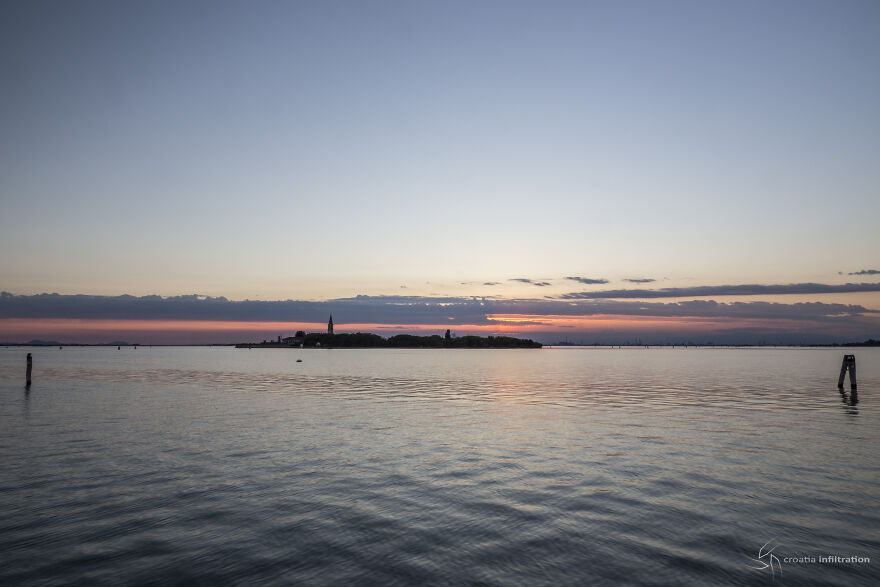
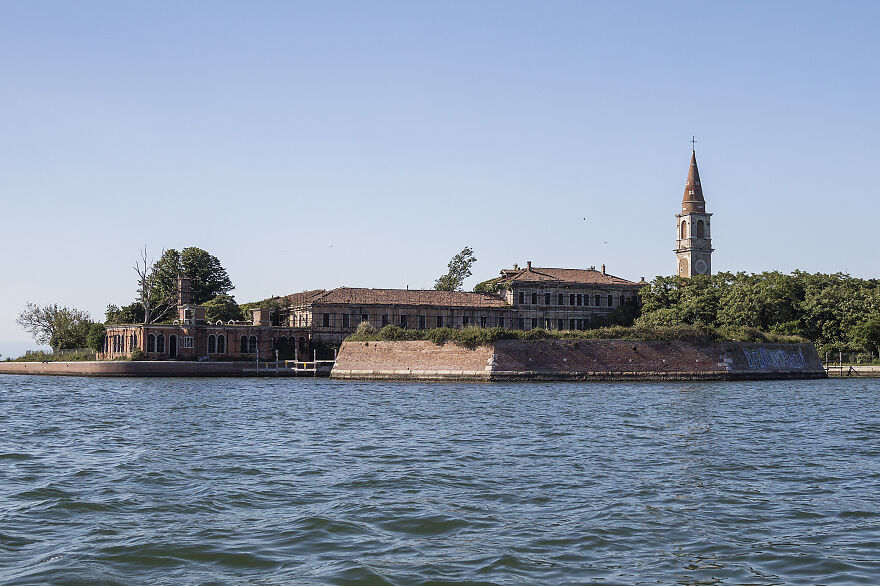
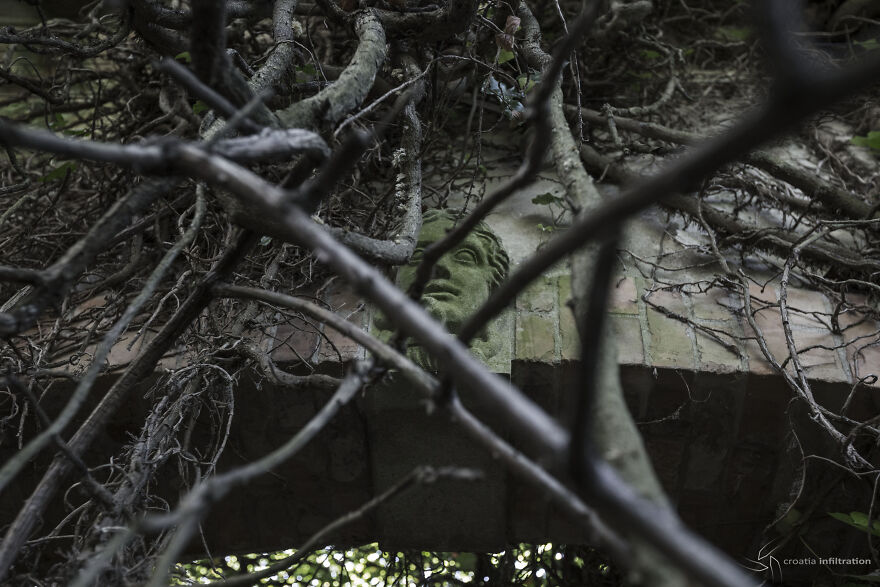
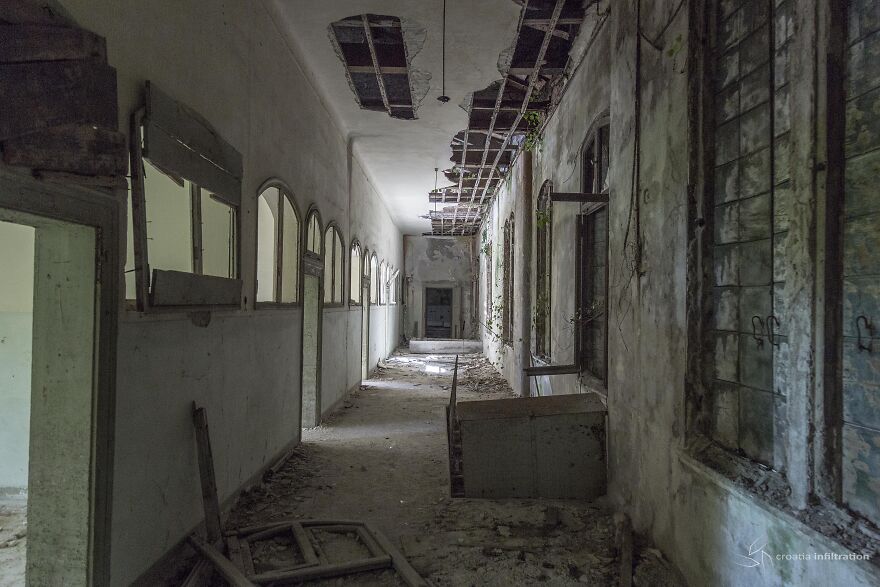
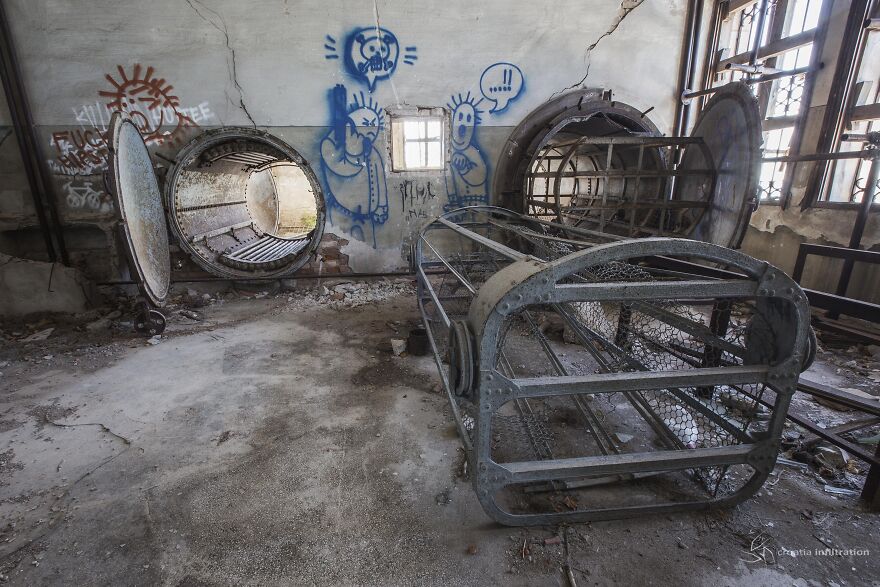
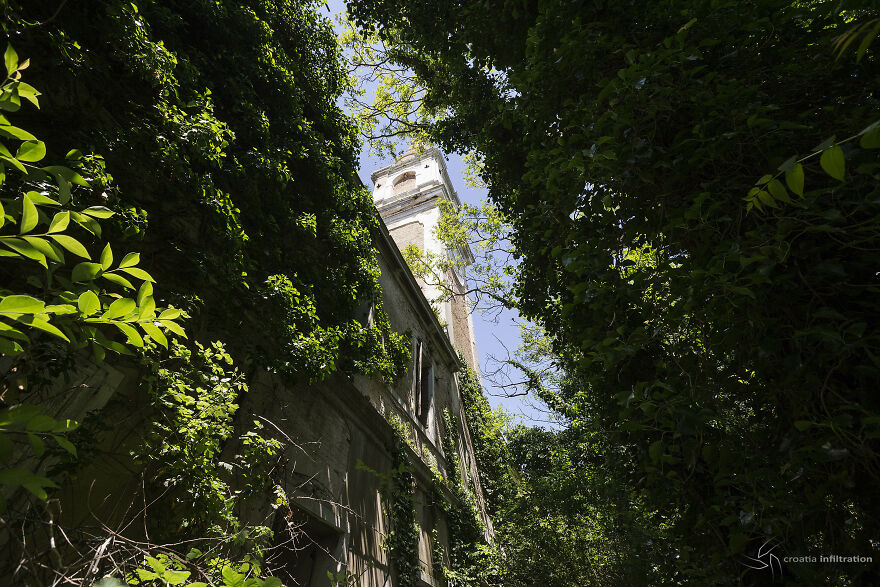
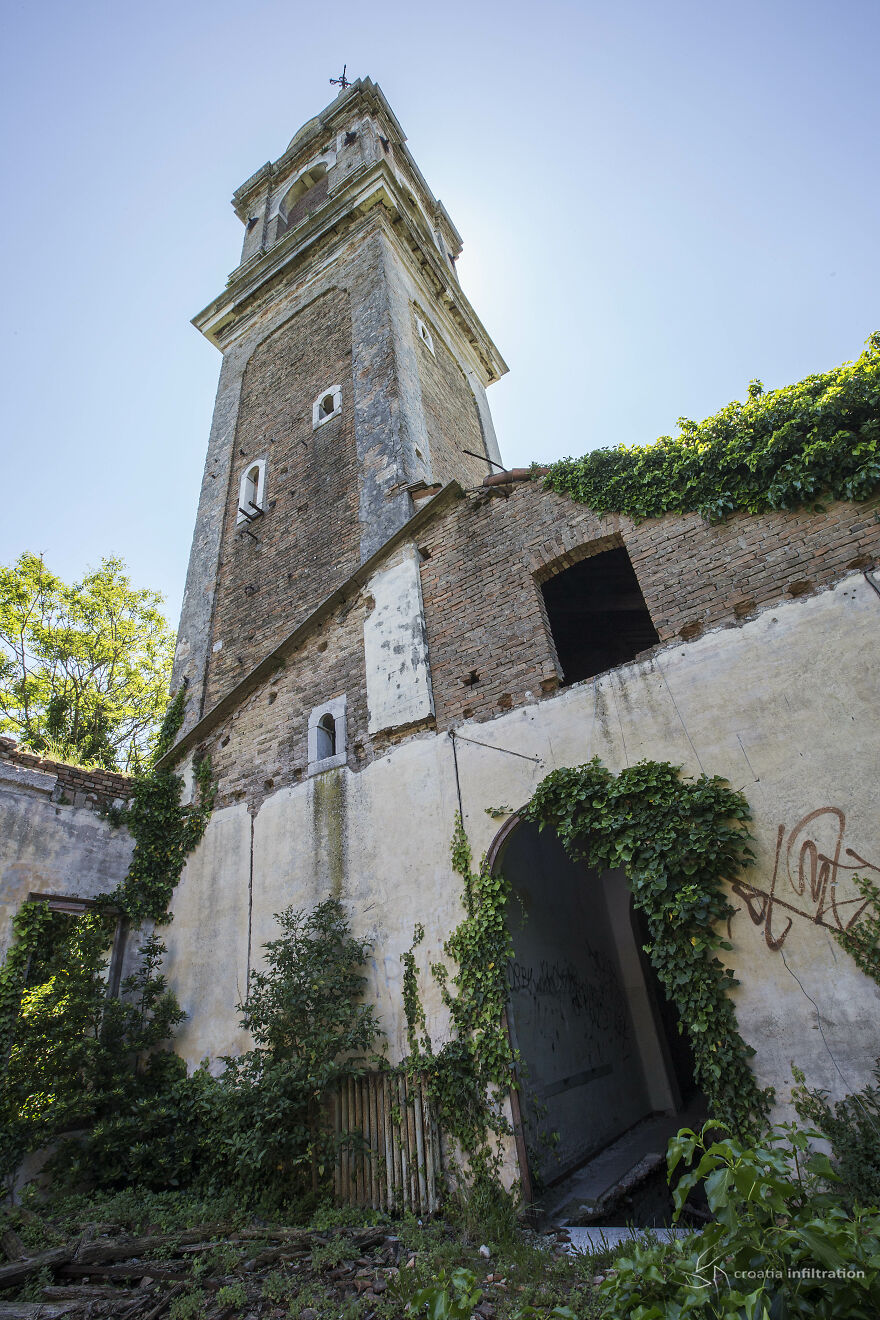
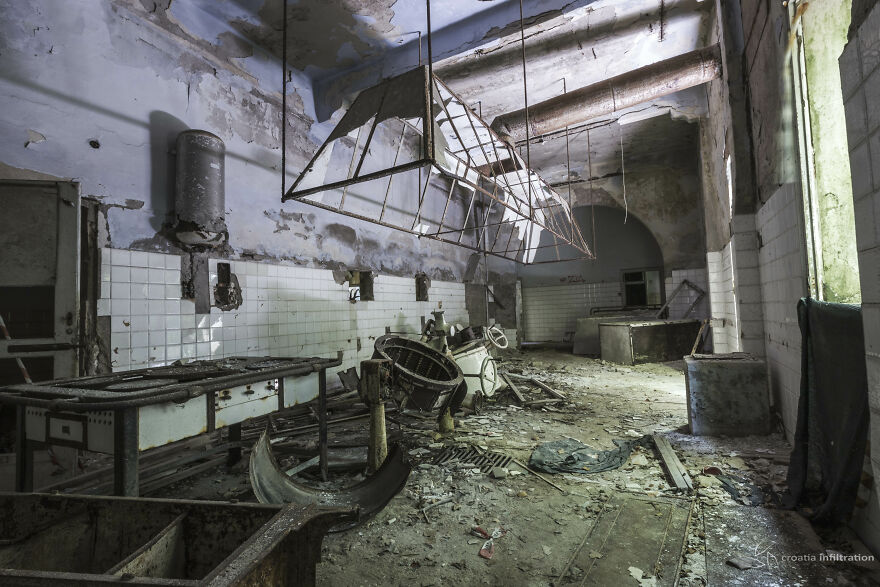
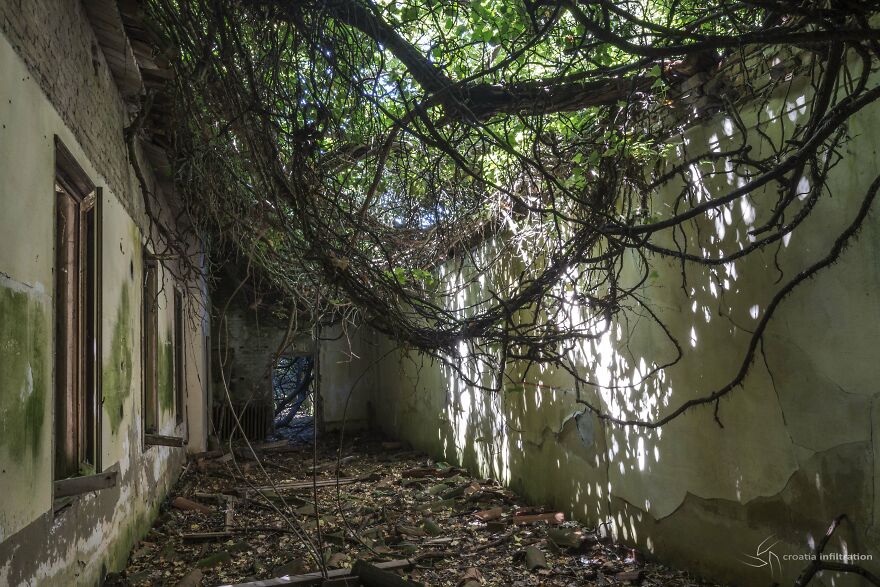
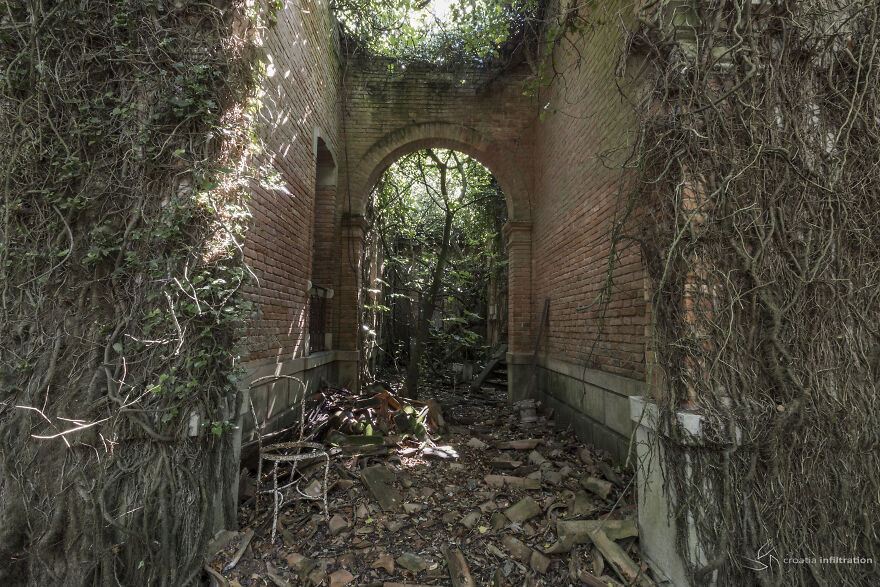
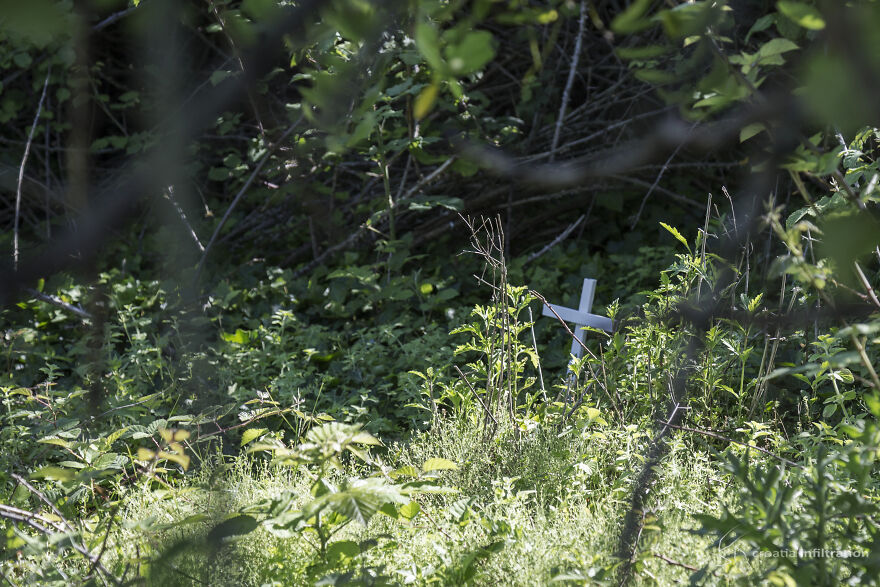
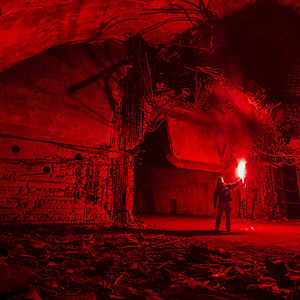



2
0